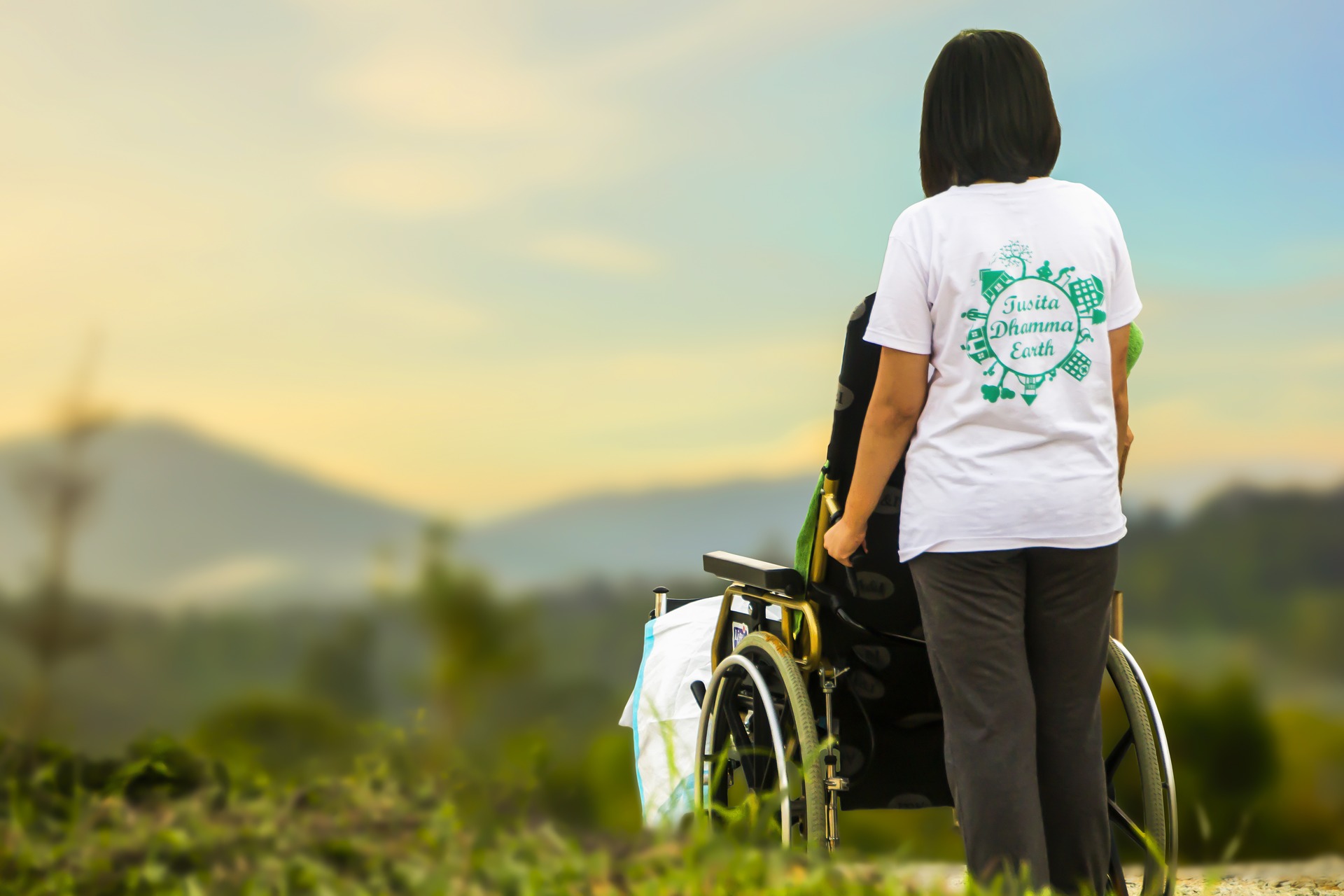
Several Ways That Technology Is Improving Patient Outcomes
Patient centered activity tracking
The mobile IoT (Internet of Things) along with miniaturization is making possible never before dreamed of ways to improve patient care and wellness. From simple activities like tracking how many steps we take in a day to complex biometrics and vital signs monitoring, mobile health is a new field that combines several different disciplines to take patient care and wellness to an entirely new level. Continuous monitoring of high-risk patients can warn of oncoming strokes or heart attacks. In less-high risk patients, lifestyle objectives can be met and monitored. Less time at the bar and more time on the tennis court, perhaps? “You went to the gym for two hours today, but let’s see how many calories you actually expended!”
Market driven engagement
What if patients, insurers and others had the information available to allow them to make wiser health care decisions, taking cost considerations into account? What if we could compensate health care providers based on wellness outcomes and not based on quantity of procedures performed or quantity of pills prescribed?
This is becoming a reality as big data allows patient outcomes to be measured over groups or even populations, and as pay for performance policies demand more openness and transparency in health care pricing, and sharing of patient outcome data (scrubbed of individually identifiable data, of course).
Remote-enabled care
In the old days, patients might receive a call the night before reminding them of an upcoming dental or doctor’s appointment. Today, those same patients may receive a text message, or perhaps even a reminder via social media. But that’s not all. Because of IoT enabled sensors and medical devices, it is now possible for a doctor and patient to engage via telephone—or Skype, Google Hangouts, ooVoo, etc. with the doctor checking the patient’s vital signs remotely. This can be particularly valuable when it comes to reaching patients in remote locations who either face health urgencies, or may find it impractical or even impossible to immediately reach a provider’s office.
Patient data ownership
Legislation has already made it clear that patients own their data, but access to that data has not always been easy or practical. Today, applications along with the managed health care clouds can provide for easy but confidential, secure interchange of that data between health care providers and the patients themselves. Before, a patient requesting his or her health care data may face the practical and logistical challenges of how to actually retrieve the data (the human genome itself is approximately 6.5 gigabytes of data), and how to make sense of it once it is in the patient’s possession.
Apps and computer programs can now handle this heavy lifting, and a patient traveling temporarily or permanently to a new location can present new health care providers with a more complete picture of the patient’s current and historical health conditions.
